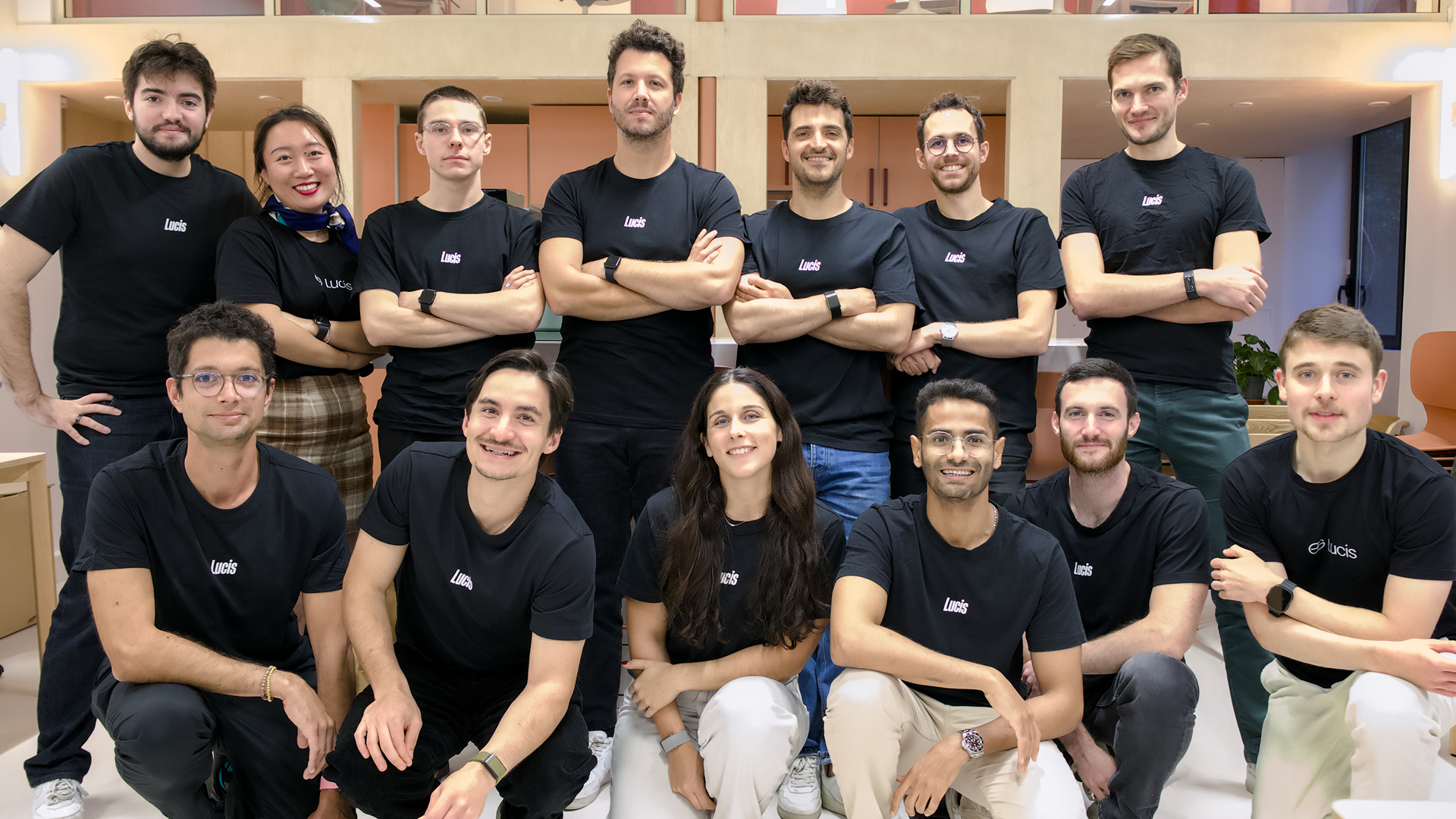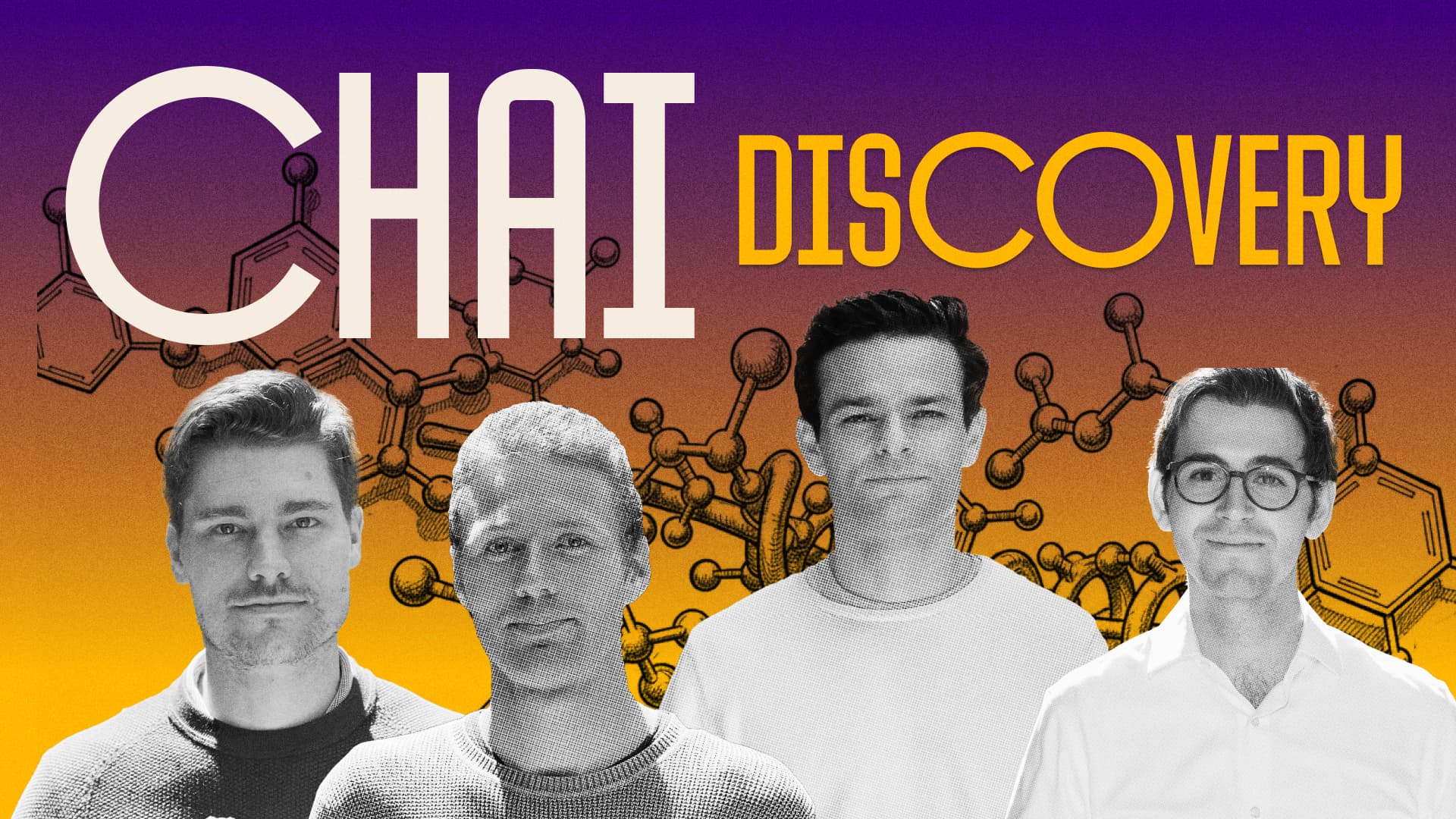Table of contents
Post-World War II marked the last major “revolution” in the American mental health system. Prior to the war, psychiatry was a custodial rather than therapeutic discipline. There were no ethical guidelines governing psychiatric treatment — the American Psychiatric Association would not introduce these until 1953 — so institutions pushed for radical, experimental therapies. Contemporary treatments, such as lobotomies, were regularly performed in an attempt to relieve debilitating psychosis. We now know these treatments harmed patients far more than they helped.
The human impact of the horrors of WWII catalyzed a radical change in the perception of mental illness. The influx of deeply traumatized soldiers returning home made it impossible to ignore the nuances of trauma and mental illness. American soldiers, purportedly the physically and mentally strongest men in society, were in desperate need of psychiatric services after the war — almost a million soldiers received psychiatric treatment during the war itself. Their war-induced suffering meant mental illness was not innate and certainly not limited to the seriously ill.
In the post-war years, shifts in psychiatric thinking transformed public policy in four major ways: 1) new psychodynamic models emerged based on the role of life experiences and socio-environmental factors; 2) community and outpatient treatments were proven to be efficacious; 3) early, community-based intervention (vs. hospitalization) was popularized; and 4) new psychological and somatic therapies (such as psychotropic drugs) made it possible for patients to lead normal, balanced lives outside of mental institutions. These factors led to the creation of a system we’ve been scaling ever since.
…there has not been a dramatic, systemic reassessment of diagnoses, treatment, and management practices similar to that of the 1950s.
We can’t deny that we have seen groundbreaking strides in medicine and psychiatry since the post-war era — such as the convergence of psychiatry and neuroscience in the 1990s — however, there has not been a dramatic, systemic reassessment of diagnoses, treatment, and management practices similar to that of the 1950s. Not even now, when we find ourselves in the throes of a national mental health crisis.
Today, 1 in 5 American adults experience a mental illness. 1 in 25 live with a serious mental illness (SMI). 50% of mental illnesses present by the age of 14, yet more than 60% of those suffering never receive treatment. Individuals with mental health illnesses have a risk of mortality that is two times higher than the general population, which translates to a 10-year mortality gap. In 2016, the number of suicides in the US (44,965) was twice that of homicides (19,362).
Modern technology may, in fact, be exacerbating the issue. While social media platforms such as Facebook, Twitter, and Instagram are in some cases being leveraged as social support networks and for mental health treatment, there are studies that show a statistically significant positive correlation between depressive symptoms and time spent on social networks. One recent study conducted by Kross et al. at the University of Michigan indicated a decreased perception of well-being and life satisfaction with increased social media use.
1. The Role We Play
The Role We Play
As the creators of and investors in the technologies that have brought content and community online, we believe it is our responsibility to fundamentally understand how those technologies are used and experienced and, whenever possible, to redirect innovation toward keeping people healthy, happy, and out of the healthcare system.
Over the past year, General Catalyst has made a firm-wide commitment to understanding the current challenges facing the mental health system and its patients and to identify where we might make a difference. We learned that the backdrop for disruption will be at the intersection of psychology/psychiatry, pharmacology, and technology. In September 2018, we brought together leaders from those key areas to facilitate an open, collaborative discussion on how these disparate fields might work together. Three challenges emerged:
- Our diagnostic toolkit is lacking. Although there are screening tools for many mental illnesses (PHQ-9 for depression, SBIRT for substance use disorders, MDQ for bipolar disorder, etc.), they rely on patient self-reporting and frequent interaction with a primary care physician or mental health professional for interpretation.
- Patients do not have adequate care when they are outside the traditional four walls of care. We know that patients see results in closed environments, where treatment models are perfects — General Catalyst is invested in one such behavioral care center, Oceans Healthcare. However, once patients leave a closed system, doctors lack the tools to efficiently and effectively care for them in their everyday lives, where the triggers of their illnesses are most present.
- Care is reactive and oriented toward the treatment of pre-defined “personas.” The US currently faces a mounting shortage of mental healthcare providers. There are only ~28,000 psychiatrists in the US, and the wait time for an appointment can take months. As a result, a higher number of people are turning to emergency departments as their only point of care. In an attempt to treat as many people as quickly as possible, we bucket patients into categories, ignoring the nuances of their illnesses, and only treat them when they are at their most severe, rather than intervening early.
These challenges are not unique to addressing and treating mental illness. Livongo, a company started here at GC, saw these same problems facing the successful management of diabetes. For diabetics, disease management meant meeting with a PCP or an endocrinologist two to four times a year for a general health assessment. Aside from self-reporting blood glucose trends and their overall feeling of wellness, what was happening with patients between those visits was — a potentially dangerous — unknown.
Livongo created a comprehensive solution with an AI-powered feedback loop between its service, the patient and their healthcare team. This connected loop tracks blood glucose levels and provides individualized coaching based on the patient’s daily routine and immediate health needs.
It’s clear that we need to create a similar solution for mental health; one that streamlines the diagnostic phase of treatment and helps providers and patients best manage conditions so that people can live fuller, better lives. This is exactly what Mindstrong Health has set out to do.

2. Our Investment in Mindstrong Health
Our Investment in Mindstrong Health
Our research and thesis building culminated in our recent investment in Mindstrong, which is building a new mental health system that harnesses one of the best diagnostic tools we already carry in our pockets: the smartphone. From the over 2,600 daily “touches” a patient has with their phone, Mindstrong is able to collect measures of people’s cognition and emotion in real time, outside the traditional four walls of healthcare. What makes Mindstrong’s technology particularly incredible is its ability to run in the background of a user’s phone and track response times — down to the millisecond — in a completely de-identified and content-free manner. Users do not need to worry about privacy concerns, because Mindstrong does not collect any patient-specific information such as GPS location, who they are texting, or what they are searching. The technology runs agnostic to any other app and is focused exclusively on touch-screen interactions. Mindstrong uses those touches to build a clinical profile of each patient. Mindstrong will use these digital biomarkers to create a clinical, mental health profile for patients and, over time, the AI will become better and better at pre-emptively identifying cognitive decline. As a wraparound service, Mindstrong can pioneer a preventative mental health system much like Livongo pioneered a preventative diabetes management solution.

Mindstrong founders Rick Klausner, MD, Paul Dagum, MD & PhD, Tom Insel, MD.
Our excitement over Mindstrong’s technology is bolstered by our inspiration in the core founding team. Together, they bring together years of success across computer science, neuropsychiatry, and therapeutics: Paul is a computer scientist, physician and entrepreneur who created the first ever digital measures of central nervous system function based on human-computer interaction patterns; Tom is a psychiatrist and neuroscientist who served as the Director of the National Institute of Mental Health for thirteen years; and Rick is the former Director of the National Cancer Institute, and founder and Director of Juno Therapeutics, a biopharmaceutical company, as well as GRAIL, a cancer diagnostics company.
With this investment, Dr. Steve Klasko, the CEO of Thomas Jefferson University and Jefferson Health, will join Mindstrong’s board. As a fierce proponent of disruption in the healthcare system, Dr. Klasko will bring an important perspective on how best to integrate Mindstrong’s mental health services into the traditional care system.
It’s time for a mental health revolution, and we couldn’t be happier to be partnering with the people like the team at Mindstrong and Dr. Klasko, as they reimagine what healthcare can be.
— Hemant Taneja, Reva Nohria & the GC Team
If you or someone you know is struggling, you are not alone. There are many supports, services and treatment options that may help. If it’s an emergency in which you or someone you know is suicidal, you should immediately call the National Suicide Prevention Lifeline at 1-800-273-8255, call 911 or go to a hospital emergency room.










_r1_v2%20(1).jpg)

